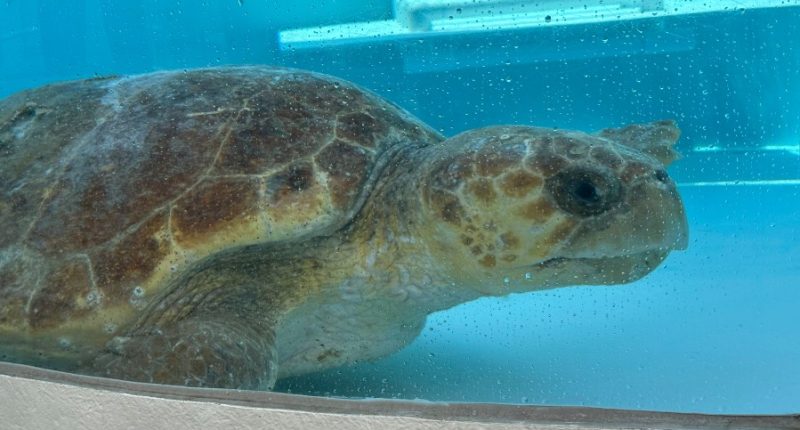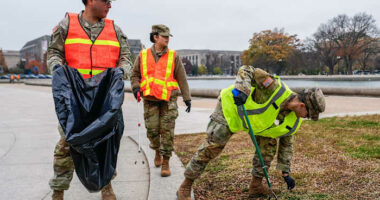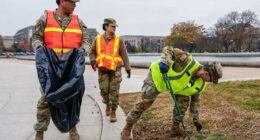Share this @internewscast.com
A giant loggerhead sea turtle named Pennywise experienced a boat collision off Florida’s Atlantic coast and needed medical attention. Weighing 302 pounds (137 kilograms), she was too large for the typical equipment at the turtle hospital.
The veterinary team at Loggerhead Marinelife Center in Juno Beach initially tried Jupiter Medical Center. However, Pennywise was too sizable for the hospital’s human CT scanner.

Thinking on their feet, the team decided on an alternative: transporting Pennywise to Palm Beach Equine Clinic in Wellington, where they successfully performed the scan using equipment meant for horses.
“And, luckily, the horse-sized machine was big enough to fit this lady through,” Heather Barron, the chief science officer and veterinarian at Loggerhead, told The Associated Press.
Turns out, they also got a nice surprise: Images showed that Pennywise is carrying eggs.
“We hope we’ll be able to get her back out there into the wild as soon as possible so that she can lay those eggs,” Barron said.

Loggerheads, an endangered species, often lay multiple clutches during a season, she said.
Pennywise arrived at the center Monday, after a crew from Inwater Research Group found her floating in the Atlantic with significant blunt force trauma to her shell that had already started to heal.
The staff at the Juno Beach turtle center estimated that Pennywise’s injuries were about a month old. Barron said the imaging showed some damage to the bones that surround the spinal cord. They have the turtle on high-powered antibiotics.
“Luckily, right now, her neurologic exam shows that all those nerves are intact. And that is a great sign for her. We’re very excited about that, and we’ll just be rechecking to make sure that we have no progression of the disease, and as soon as we feel like that wound is healed well enough, she can go back out into the wild.”
Even so, Barron said, Pennywise’s story is a “textbook case of a turtle returning to the area for mating and nesting season, only to fall victim to an entirely preventable boat-strike injury.”
Because nesting season in Florida runs from March 1 to Oct. 31, officials at the sea turtle center are encouraging boaters to slow down and to be especially mindful in what they refer to as the Sea Turtle Protection Zone, which extends a mile (1.6 kilometers) off the coast.
___
Frisaro reported from Fort Lauderdale, Florida.












